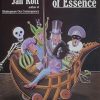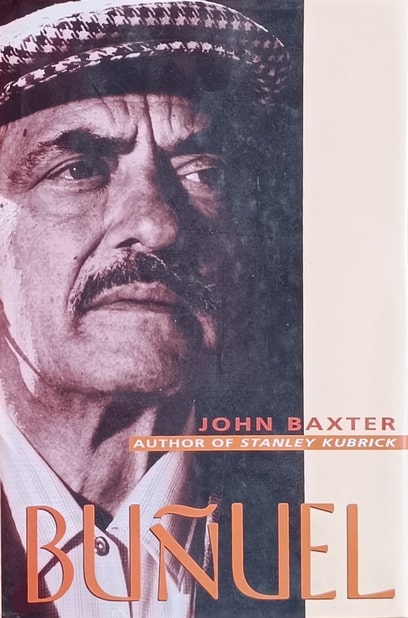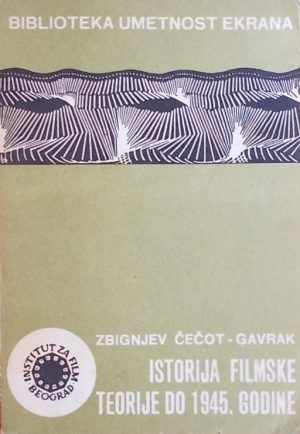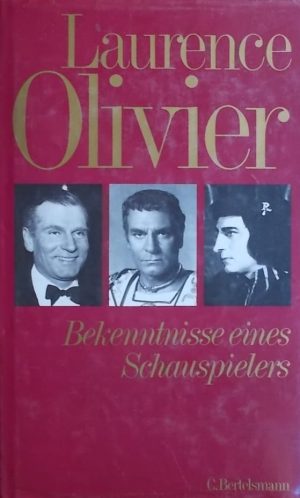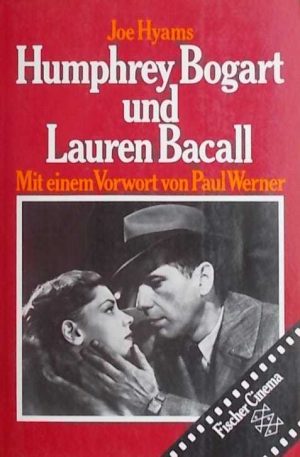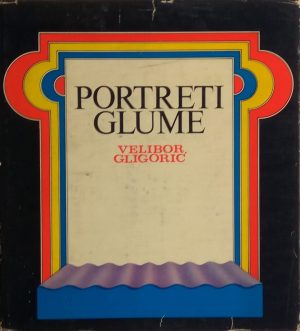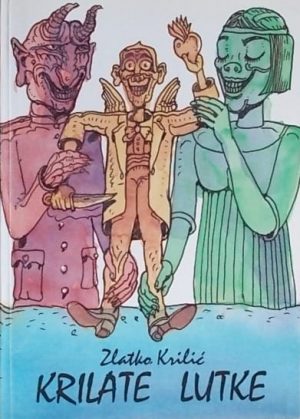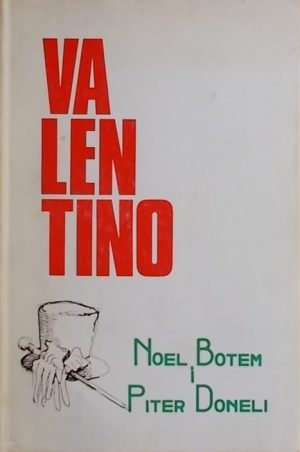Bunuel
20.00 €
Autor: John Baxter
Izdavač: Carroll & Graf Publishers, New York
Godina izdanja: 1998.
Broj stranica: 324
Dimenzije: 16×23,5 cm
Uvez: tvrdi s ovitkom
Na zalihi
- trag prolivene tekućine na gornjem dijelu knjige
Buñuel knew everyone. He helped Picasso hang Guernica. He was thrown off a Hollywood set by Garbo and attended orgies arranged by Chaplin. He watched Cocteau smoke opium, had his horoscope read by André Breton, saw Sergei Eisenstein sell out to capitalism. He tried to strangle Paul Éluard’s wife and shared a cell with Trotsky’s murderer. He planned to make a pornographic movie with Marcel Duchamp and Fernan Léger, and he fumed while Federico García Lorca tried to seduce his friend and collaborator Salvador Dali.
Buñuel was dangerous, enigmatic, elusive. And he stands among the greatest creative artists of the twentieth century. His films, made over a fifty-year period from his 1928 Un Chien Andalou-with its infamous image of a razor drawn across a girl’s eyeball-to a late blossoming in the sixties and seventies with Belle de Jour, Viridiana, and The Discreet Charm of the Bourgeoisie, still retain their power to shock.
In John Baxter’s superb biography Luis Buñuel comes startlingly into the light for the first time. With the cooperation of Buñuel’s family and interviews with his collaborators and friends in Hollywood, France, Spain, and Mexico, Baxter delves into unpublished documents, letters, and family records to reveal a man of charm, compassion, and, above all, humor-an artist who disguised his sensitivity in cynicism and a calculated use of the bizarre.
Povezani proizvodi
KAZALIŠTE, FILM
KAZALIŠTE, FILM
KAZALIŠTE, FILM
KAZALIŠTE, FILM
KAZALIŠTE, FILM
KAZALIŠTE, FILM

